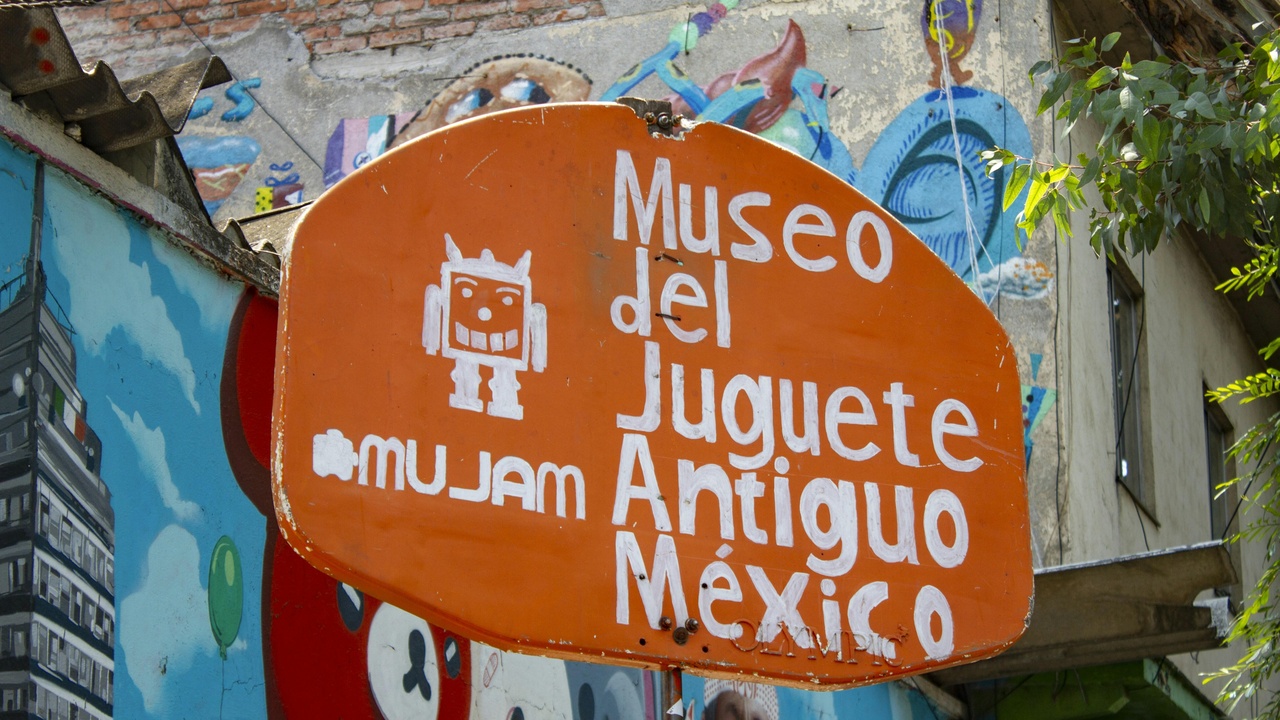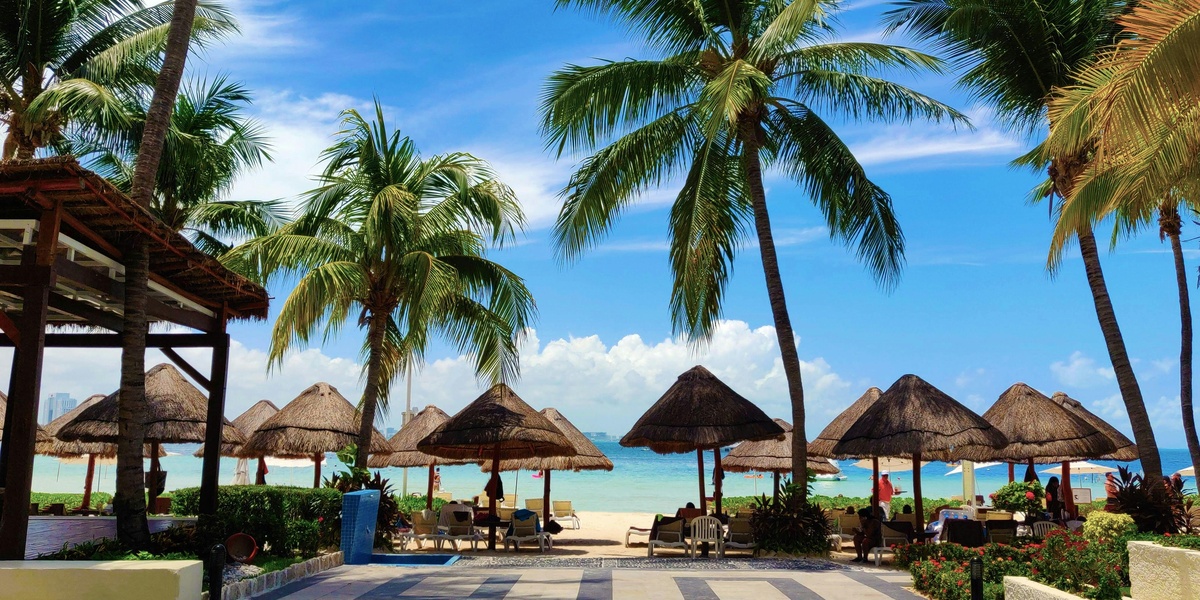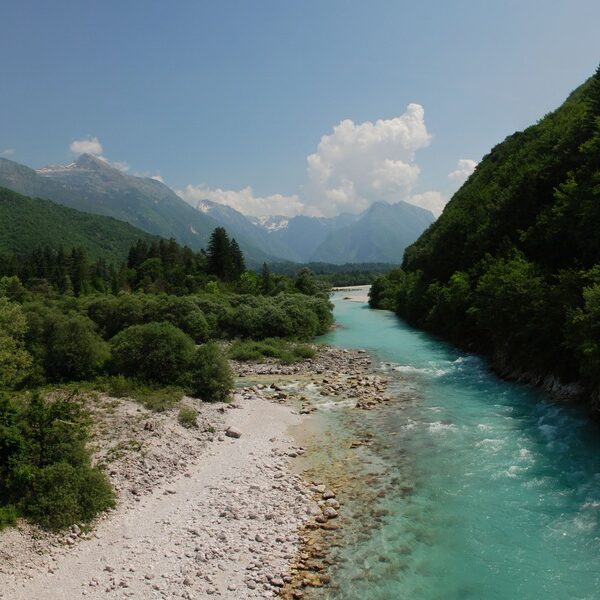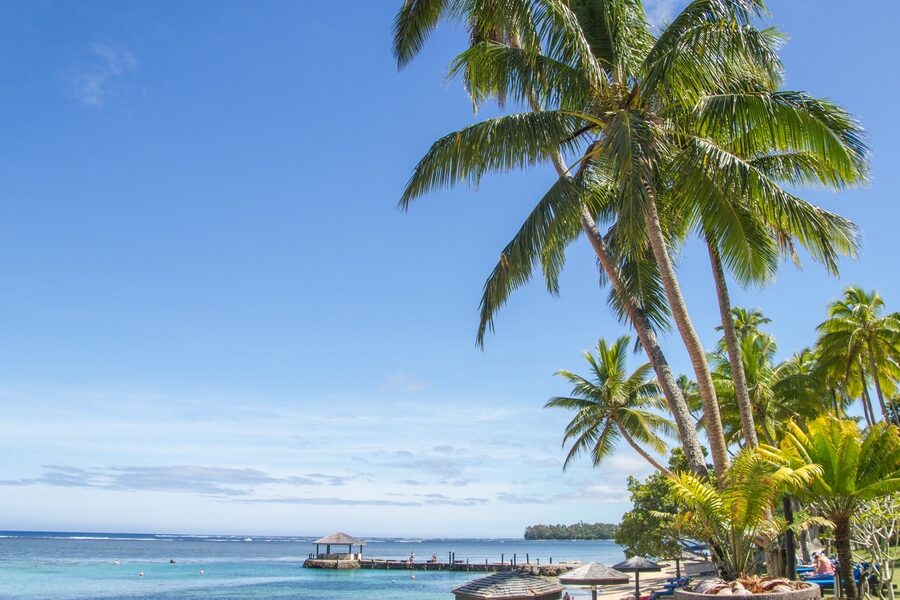Mexico welcomed more than 40 million international visitors in 2023, drawn by everything from beach resorts to centuries-old festivals. With layers of history—from pre-Hispanic cities like Chichén Itzá to colonial centers and vibrant modern culture marked by Día de los Muertos—Mexico’s story is visible in plazas, cemeteries and murals. For travelers who value variety, accessibility and strong value, the country delivers: long coastlines, highland towns, jungle ruins and world-class food all within relatively short flights from North America. Below are 12 well-chosen reasons to visit mexico, organized into four themes—history and living traditions; landscapes and wildlife; food and festivities; and practical travel advantages—to help you pick a region and plan your trip.
Rich History, Culture & Living Traditions

Mexico’s cultural landscape layers pre-Hispanic civilizations, Spanish colonial legacies and thriving contemporary arts. The next three points highlight archaeological treasures, world-famous festivals and a rich crafts and gallery scene that reward both casual visitors and cultural specialists. Read on to find concrete sites, festival dates and museums to add to your itinerary.
1. World-class archaeological sites and UNESCO heritage
Mexico contains dozens of major archaeological sites and 35 UNESCO World Heritage inscriptions, offering an unusually high concentration of protected history. Visit Chichén Itzá (inscribed 1988) on the Yucatán Peninsula, explore Palenque’s jungle temples in Chiapas, and stroll the Historic Centre of Mexico City with its canals at Xochimilco. Many travelers pair early-morning guided tours of ruins with museum time—such as the Museo Nacional de Antropología in Mexico City—so you see artifacts and context after sunrise visits that avoid crowds and heat.
2. Living traditions and unforgettable festivals
Festivals and rituals are reasons in their own right to time a trip to Mexico. Signature events include Día de los Muertos (early November) in Oaxaca and Mexico City, the Guelaguetza folk festival each July in Oaxaca, and Carnival in Veracruz each February–March. Plan travel around those calendar windows when possible, join respectful public ceremonies, and consider local guides who explain customs—like visiting family altars and cemeteries in Oaxaca during Día de los Muertos—to both witness and honor living traditions.
3. A living arts and crafts scene — from folk art to contemporary galleries
Traditional crafts and contemporary art coexist across Mexico. Oaxaca is famous for weaving and vibrant textiles sold at village workshops; Puebla’s Talavera pottery studios produce glazed ceramics with centuries-old techniques; and Mexico City hosts major museums including the Frida Kahlo Museum (Casa Azul) and a thriving gallery circuit. For authentic souvenirs, buy directly from artisans at mercados or visit studio workshops to see pieces made and learn about local methods.
Beaches, Biodiversity & Dramatic Landscapes

Mexico’s ecological range is vast: roughly 9,300 km of coastline, islands, deserts, mountain ranges and tropical jungle. The next three points cover sandy shores, biodiversity hotspots and archaeological sites that sit amid spectacular natural settings—each offering seasonal highlights and conservation-minded visitor options.
4. Stunning beaches for every traveler
Mexico’s coastlines include calm Caribbean sands and big-wave Pacific breaks. The Riviera Maya (Tulum, Playa del Carmen, Cancún) offers snorkeling on the Mesoamerican Barrier Reef, while Baja California (Los Cabos) suits sportfishing and luxury stays. Surf destinations such as Puerto Escondido attract experienced surfers, and family-friendly beaches like Isla Holbox provide gentler waters and whale shark excursions (seasonal). Choose destinations by activity: families and snorkelers for sheltered Caribbean bays; surfers and adventure travelers for Pacific breaks.
5. Rich biodiversity and protected natural areas
Mexico hosts numerous UNESCO biosphere reserves and national parks. The Monarch Butterfly Biosphere Reserve (overwintering season October–March) is a seasonal wonder, while Sian Ka’an in Quintana Roo protects reef, lagoon and mangrove ecosystems. Visitors can observe sea turtles nesting on Pacific and Caribbean beaches, snorkel vibrant coral gardens, and learn conservation practices from accredited local operators—book guided tours that prioritize minimal-impact viewing and follow park rules to protect habitat and wildlife.
6. Archaeology set in dramatic natural settings
Several archaeological sites combine heritage with striking landscapes. Palenque sits amid Chiapas jungle with waterfalls nearby; Monte Albán crowns an Oaxaca plateau with panoramic views; and Tulum perches on cliffs above the Caribbean with cenotes and beaches close at hand. Expect short hikes, humid conditions in jungle sites and cooler mornings in highlands—visit early to beat heat and crowds, and consider combined nature-and-heritage tours that include cenote swims after exploring coastal ruins.
Food, Drink & Festivities — A Culinary Journey

Mexico’s culinary reputation is global, and traditional cuisine was recognized by UNESCO in 2010 as an intangible cultural heritage. From street stalls to tasting menus, food tells regional histories—mole in Oaxaca, cochinita pibil in the Yucatán, and fresh seafood along both coasts. The following points cover national acclaim, everyday markets and food-focused festivals and nightlife scenes.
7. World-famous and regionally diverse cuisine
Mexican cuisine’s regional diversity is vast: sample Oaxacan mole, Yucatán’s cochinita pibil, and Baja’s fish tacos. The UNESCO designation in 2010 highlights ancestral techniques and communal foodways. For contemporary takes, reserve a table at Mexico City restaurants like Pujol or Quintonil to see how chefs reinterpret tradition. Build a culinary itinerary by region—market mornings in Oaxaca, dinner in Mexico City, fresh ceviche on the coast—and include a cooking class to take skills home.
8. Markets and street food culture — authentic, affordable, delicious
Markets and street food are among the most accessible ways to eat well in Mexico. Major markets—Mercado de la Merced in Mexico City and Mercado 20 de Noviembre in Oaxaca—offer specialties like tlayudas, mole and tacos al pastor. Street tacos often cost $1–3 each, making tasting menus of small bites affordable. For safety, choose busy stalls, watch food preparation, and try items hot and freshly made; vendors and market guides can help navigate menus and local etiquette.
9. Festivals, nightlife and celebrations centered on food and drink
Many festivals revolve around communal eating and local specialties: Guelaguetza in July brings traditional Oaxacan dishes to the foreground, while Veracruz Carnival showcases coastal food traditions in February–March. Cities also have lively nightlife and late-night street-food scenes—Mexico City’s pulquerías and street-taco stands come alive after dark. Book early for festival dates and popular dining reservations, and pair events with local specialties to make the most of culinary celebrations.
Accessibility, Value & Active Travel

Beyond culture and scenery, Mexico scores as a practical travel destination: it often delivers strong value, solid air connections, and a wide range of outdoor activities. The next trio of points covers typical costs, flight and entry logistics, and active or wellness-focused experiences you can combine in one trip.
10. Excellent value for many travelers
Mexico frequently offers better value for lodging, food and activities compared with many Western destinations. Street tacos for $1–3 make inexpensive meals easy, and decent mid-range hotels commonly fall in the $50–150 per night range. Travelers can stretch budgets further with regional buses, mercados and shared tours, while still enjoying occasional boutique hotels or spa resorts for affordable luxury.
11. Easy flight connections and straightforward entry for many visitors
Mexico is well connected by air with major hubs like Mexico City (MEX), Cancún (CUN) and Guadalajara, offering many direct flights. Typical flight durations from the U.S. include Los Angeles to Mexico City around 3.5 hours and New York to Mexico City about 5 hours. Many visitors receive an FMM tourist permit that allows stays up to 180 days—check entry rules for your nationality—but the overall accessibility makes weekend escapes and longer regional trips both feasible.
12. Outdoor adventures, wellness and unique experiences
Active travelers will find surfing, cenote snorkeling, whale-watching and rail journeys like the Chepe through Copper Canyon. Seasonal windows include Baja gray whale-watching (December–March) and whale sharks around Isla Holbox (June–September). Pack reef-safe sunscreen, sturdy shoes for canyon hikes and light rain gear for jungle excursions, and combine wellness stays—yoga, spas and thermal springs—with adventure days for balanced itineraries.
Summary
- Cultural depth: centuries of history, 35 UNESCO sites and living festivals make Mexico rich in heritage.
- Natural variety: coastlines, jungles and biosphere reserves offer beach time, wildlife viewing and dramatic landscapes.
- Culinary importance: UNESCO-recognized foodways, markets and restaurants from street stalls to Pujol showcase regional flavors.
- Practical advantages: strong value, direct flights from major hubs and many active or wellness experiences make planning flexible.
- Tip: pick a theme—food, beach or archaeology—check festival dates and seasonal windows, then book guides or tours to make the most of your trip.






